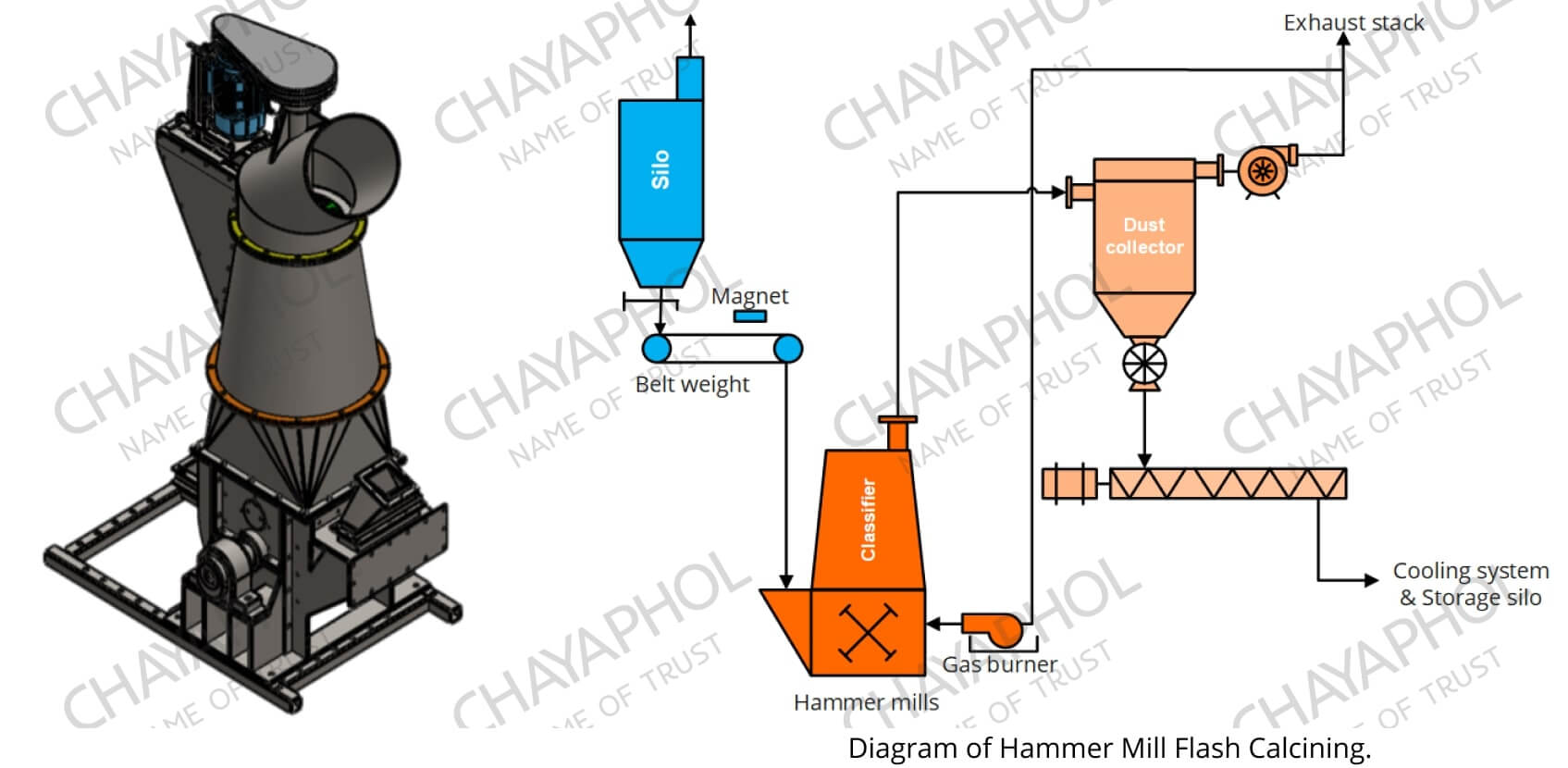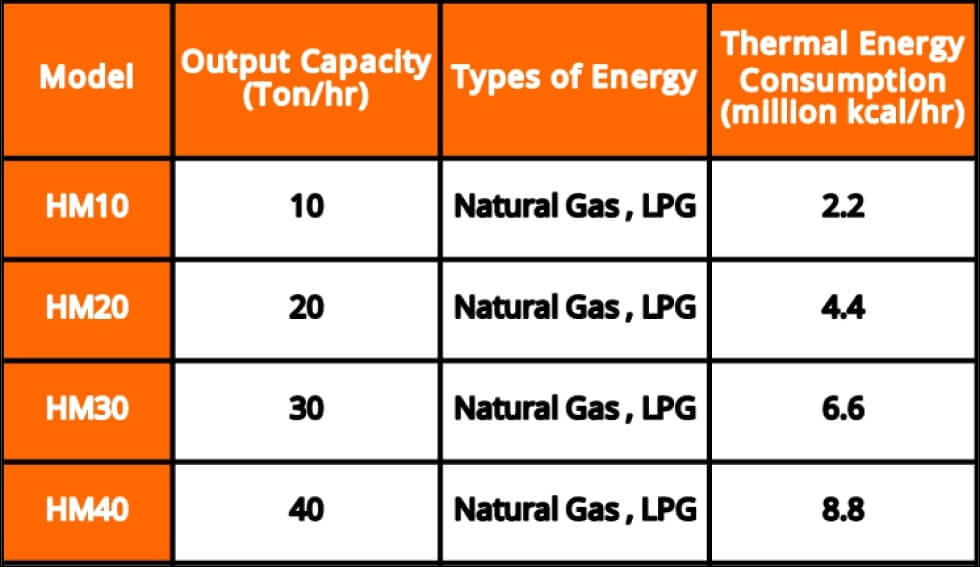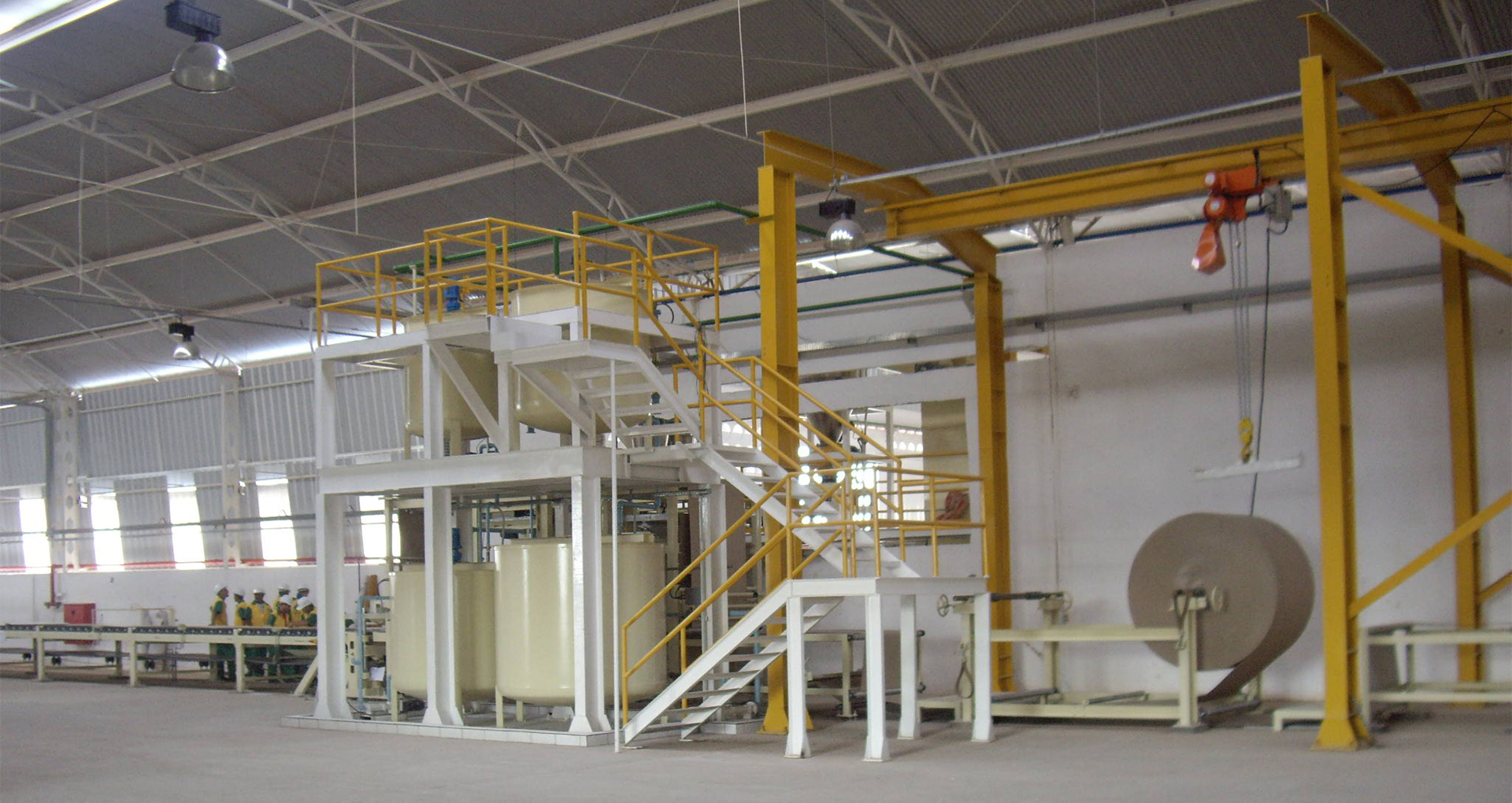
Hammer mills calcining
Hammer mills calcining
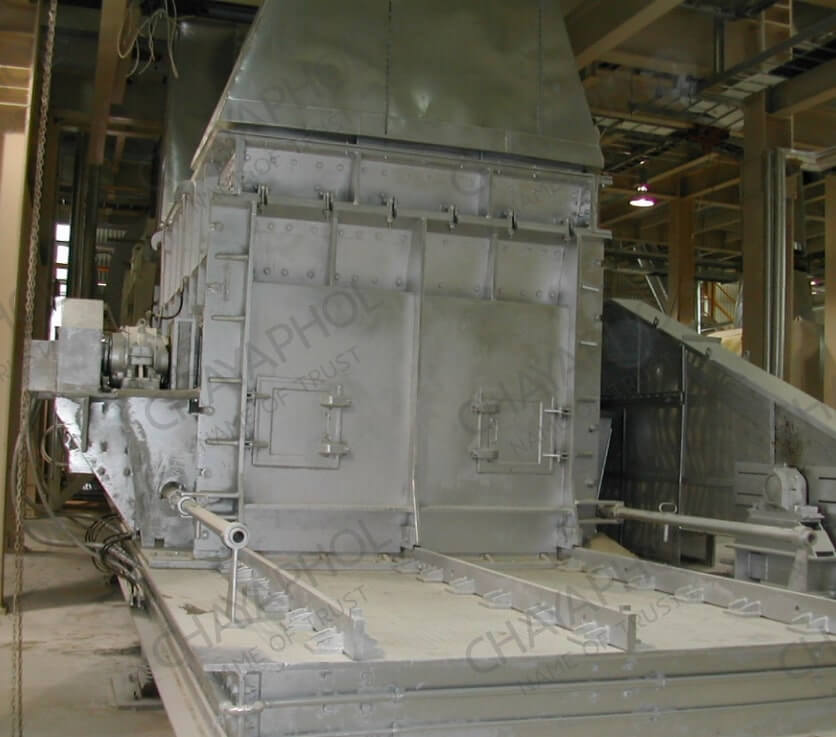
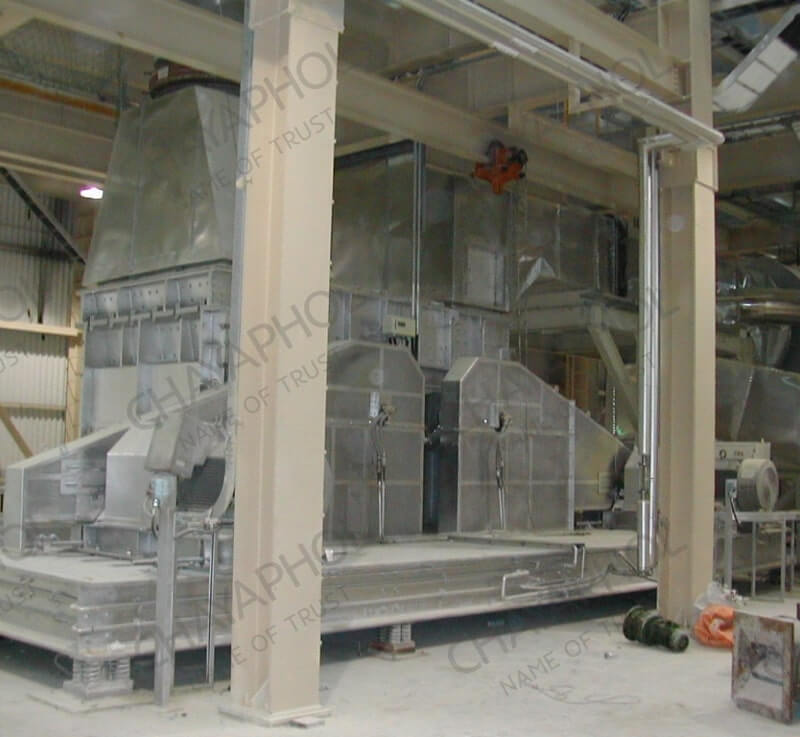
Hammer Mill Flash Calcining by Chayaphol
Hammer mill calcination utilizes rapid heating to convert raw materials into a more useful form, often associated with minerals such as gypsum or lime. This technique can be effectively applied in the production of high-quality calcined products. By employing flash calcining methods, materials are subjected to elevated temperatures for short durations, ensuring quick and uniform heat transfer.
Hammer Mill Flash Calcining
- Gypsum Production: Enhancing the quality of gypsum for construction materials.
- Lime Processing: Producing quicklime from limestone for various industrial applications.
- Mineral Processing: Effective for other minerals requiring quick thermal treatment.
Over Kettle Calcining Methods
1. Speed and Efficiency
- Flash Calcining: Offers rapid processing at high temperatures, making it ideal for high-volume production where speed is a priority.
- Kettle Calcining: Slower, more controlled heating results in lower throughput but allows for a more uniform product.
2. Product Quality
- Flash Calcining: Produces a more porous gypsum, beneficial for applications needing high reactivity, like certain plasters.
- Kettle Calcining: Yields denser, consistent gypsum, ideal for wallboard, where strength and uniformity are key.
3. Energy Use
- Flash Calcining: Higher temperatures lead to increased energy use, but quick processing makes it relatively efficient per unit.
- Kettle Calcining: Lower temperatures reduce energy demand, making it more efficient when slower production is acceptable.
4. Application Suitability
- Flash Calcining: Best for reactive, lightweight products like specialized cements.
- Kettle Calcining: Preferred in wallboard and construction applications needing high durability.
